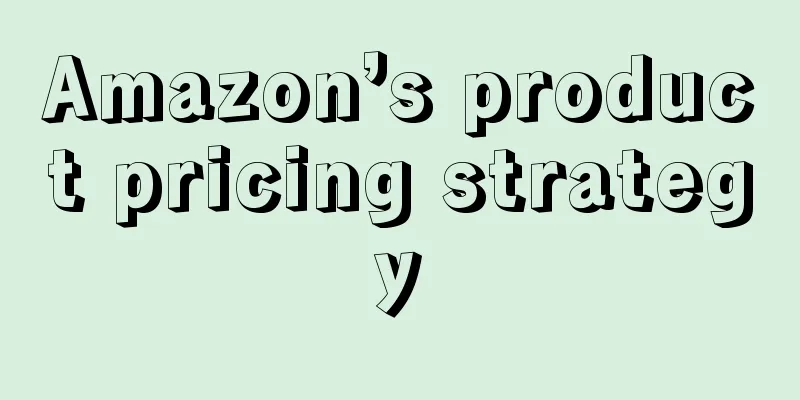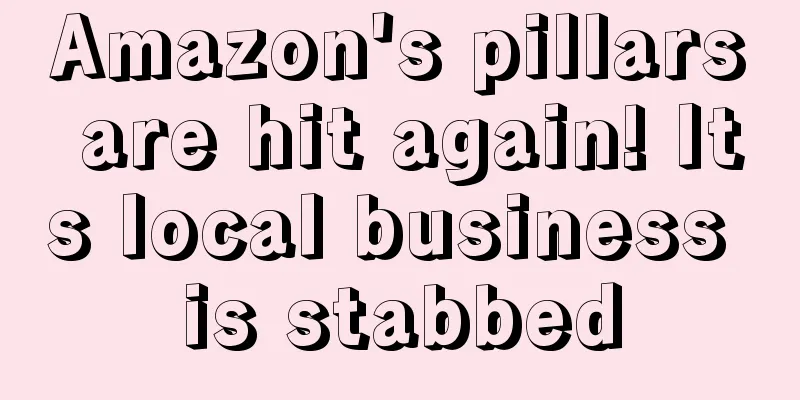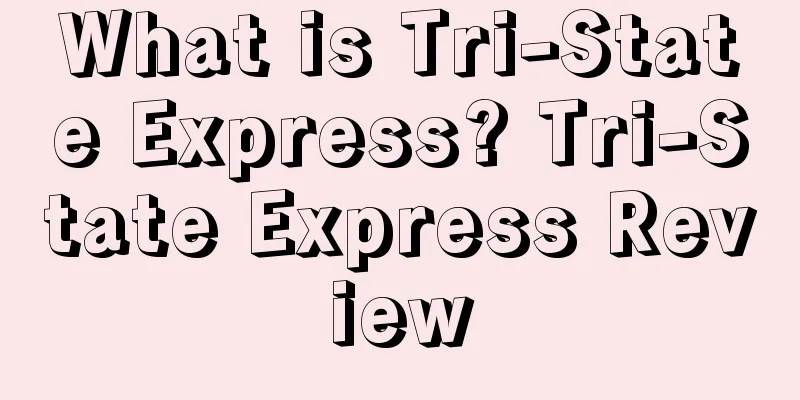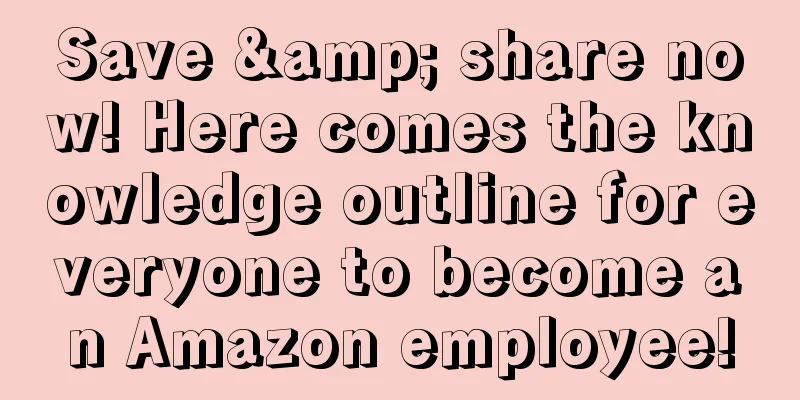|
The importance of product selection for a platform operation is self-evident. Furthermore, product price is also of utmost importance. Only when the pricing is reasonable enough can it better attract traffic, thereby increasing the conversion rate and facilitating transactions. When pricing products, many sellers usually use the prices of their competitors to determine the prices of their products. However, this pricing method is actually a misunderstanding for sellers to run their stores. Different stores have different profit models, and the corresponding pricing methods will also be different. Copying the pricing methods of other stores on the platform is often not suitable for your own products. We have already discussed the related fees of FBA and the first-leg logistics fees of FBA. I believe that sellers have a general understanding of these two fees, so I will not go into details here. Today we will look at other factors that affect product pricing and what strategies Amazon has for product pricing. Factors affecting product pricing Selling products on any platform requires paying a certain fee to the platform, and the same is true for Amazon. Amazon's commission is the most controllable factor. It will charge different commissions according to different categories. The normal commission range is 8%-17% . 2. Product + packaging material cost The product cost will vary depending on whether the seller is a distributor or a factory . If the seller is a distributor, the product cost mainly includes procurement costs and domestic logistics costs; the product cost of factory sellers mainly includes raw materials, research and development, production, labor, etc. In addition, the packaging cost of the product should also be calculated. 3. Shipping costs and sales location The logistics costs you need to bear when choosing FBA delivery, self-delivery, overseas warehouse delivery, etc. are different . At the same time, if you are a seller on the European site, you also need to consider the VAT issue and add the consumption tax to the product price. Sellers should have an expectation for profit margins, and a minimum profit of 30% should be achieved. The desired profit margin naturally needs to be factored into the product pricing. Although sellers cannot copy competitors’ prices when setting prices, they can use competitors’ prices as a reference for setting and adjusting prices . 6. Marketing and promotional activities When promotional holidays come, Amazon will adjust prices on a large scale. If the product needs to be promoted on or off the site , corresponding promotion fees will also be incurred. Sellers also need to consider this part of the cost before setting prices. Pricing reference formula ▲FBM product price = product cost + platform commission + self-delivery warehousing and logistics fees + expected profit + other ▲FBA product price = product cost + platform commission + FBA first-mile fee + FBA fee + expected profit + other *Others here refer to the various influencing factors mentioned above 1. Tips for product pricing 1. The role of the number "9" I believe that when you go to the supermarket, you will see many products priced at 9.9 or 19.9... This is also attractive to foreign consumers, and sellers should make good use of this mentality of consumers. Display and price similar products in the same series together, and try to launch high-priced products to influence low-priced products. Through tiered pricing, there is a price difference between products, which stimulates sales. For example, for razors, the razor holder is cheap, but the blades are expensive; for printers, the machine is cheap, but the consumables are expensive. The reason for such pricing is to make money through the consumables of the product. This pricing strategy can also be used in fields such as air purifiers, water purifiers, capsule coffee machines, etc. that require continuous purchase of consumables. Pricing principles for products at different stages Although we know the pricing formula of the product, the product has different pricing methods at different stages. 1. New product launch stage New products have no reviews, no rankings, no loyal customers, and are not competitive. In order to quickly enter the market, sellers may set a lower price. However, it should not be set too low. It is recommended that sellers compare the best sellers of their competitors and set the price about $1 lower than Amazon Choice . When the product has improved in sales, positive reviews, ranking and other indicators, the seller can increase the price by 0.1 USD each time when setting the price, and then observe the sales, clicks and conversions . If the sales are stable, you can continue to increase the price by such a small amount; when the sales increase to a stable state, when the last price increase is made, it is found that the sales have decreased, and the seller must return to the price when the sales were stable the last time. 3. Product maturity stage At this time, the product sales have reached a certain amount, and reviews and sales have been accumulated. The price of the product at this stage is gradually weakened, and the value and quality of the goods and the overall positioning of the store have become the main purchasing factors in the minds of buyers. It is recommended that sellers adjust the price to the same level as the market or slightly higher than their peers if the product quality is excellent, and further observe the sales and conversion rate . Products in the recession period are at the stage of product replacement, with declining sales and fierce competition from peers. If the product inventory is small, the seller can just slightly reduce the price; if the inventory is large, the seller can clear the inventory by offering discounts, free shipping, etc. to avoid long-term storage costs. |










